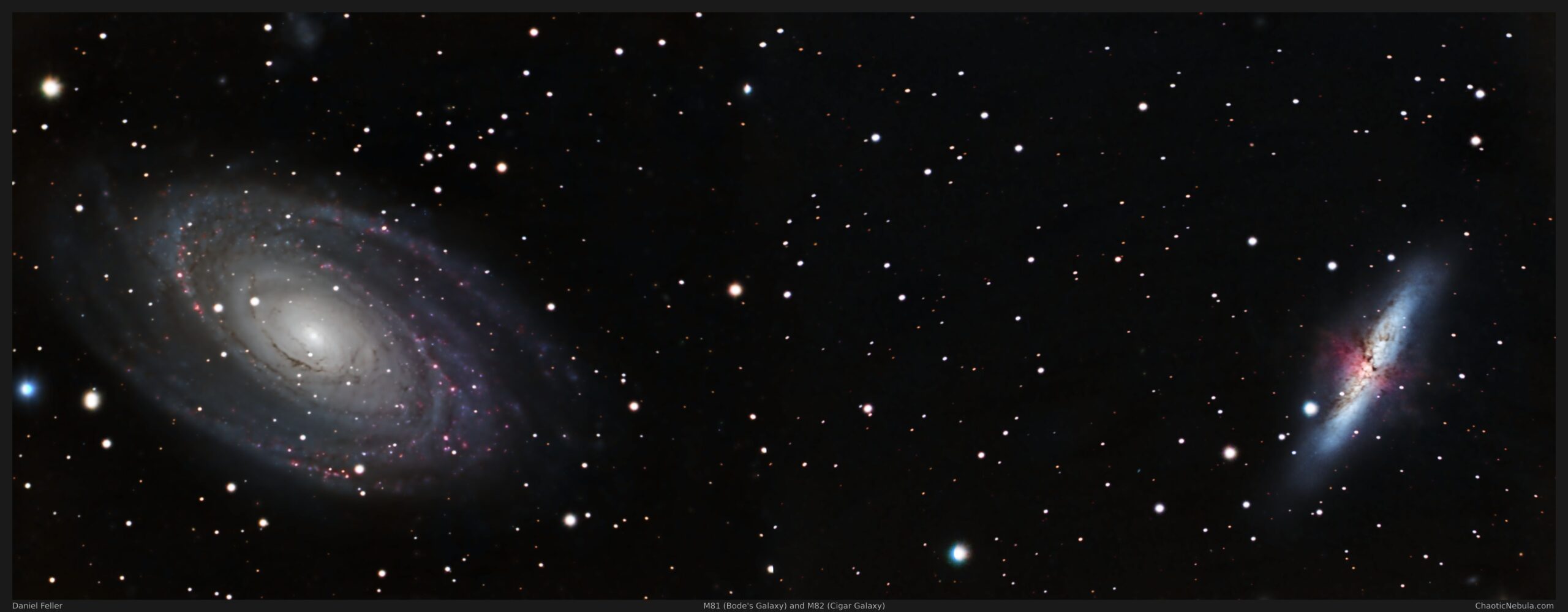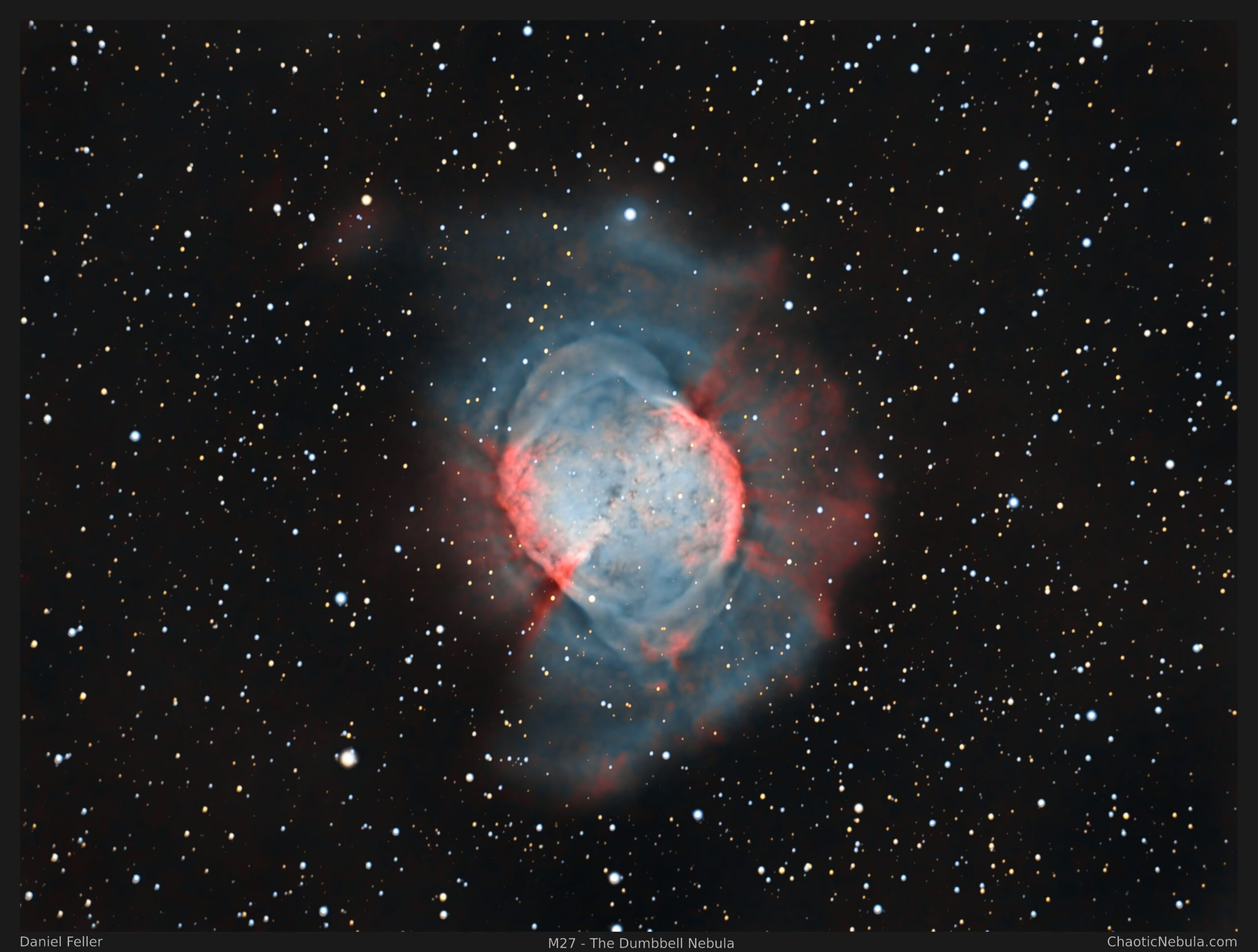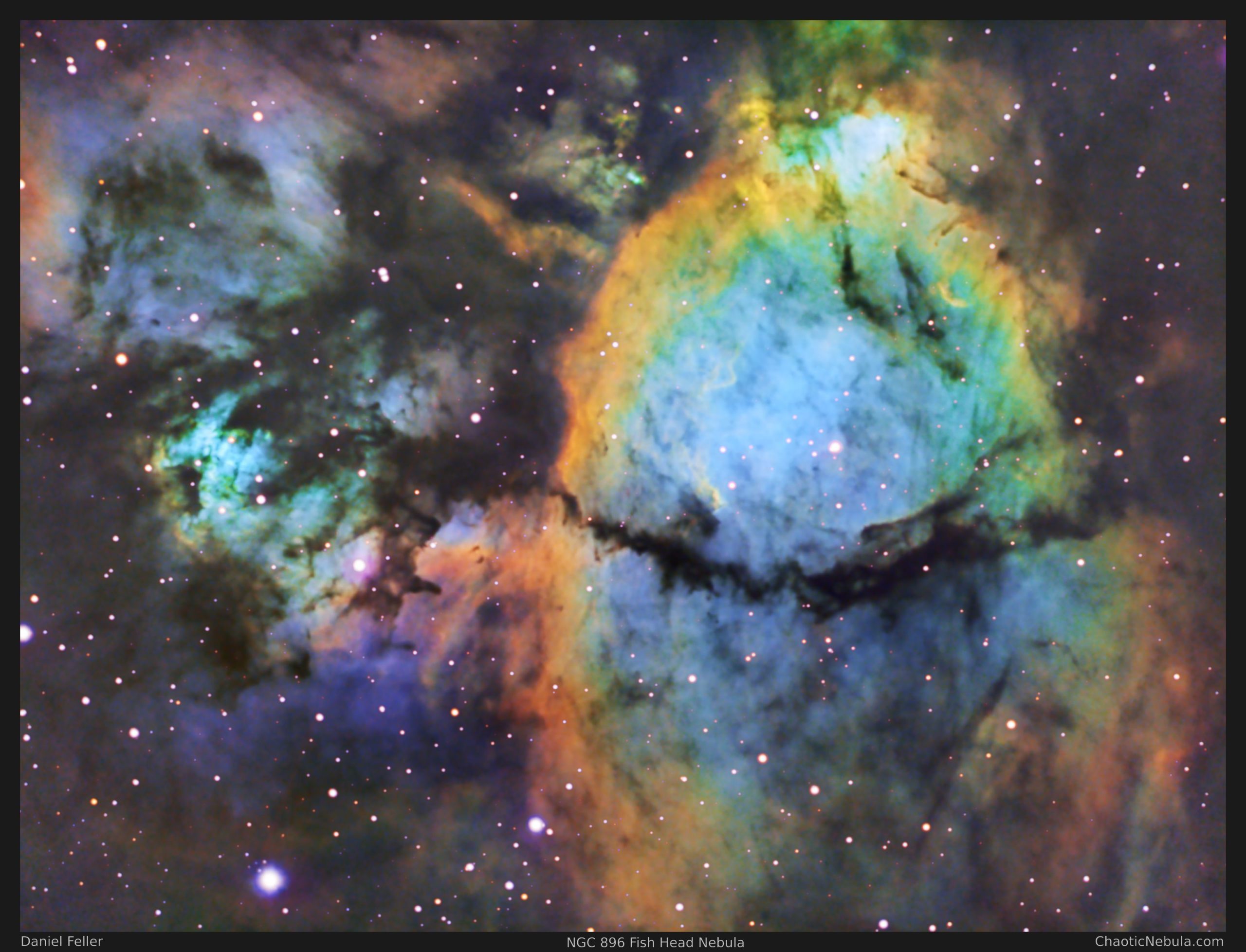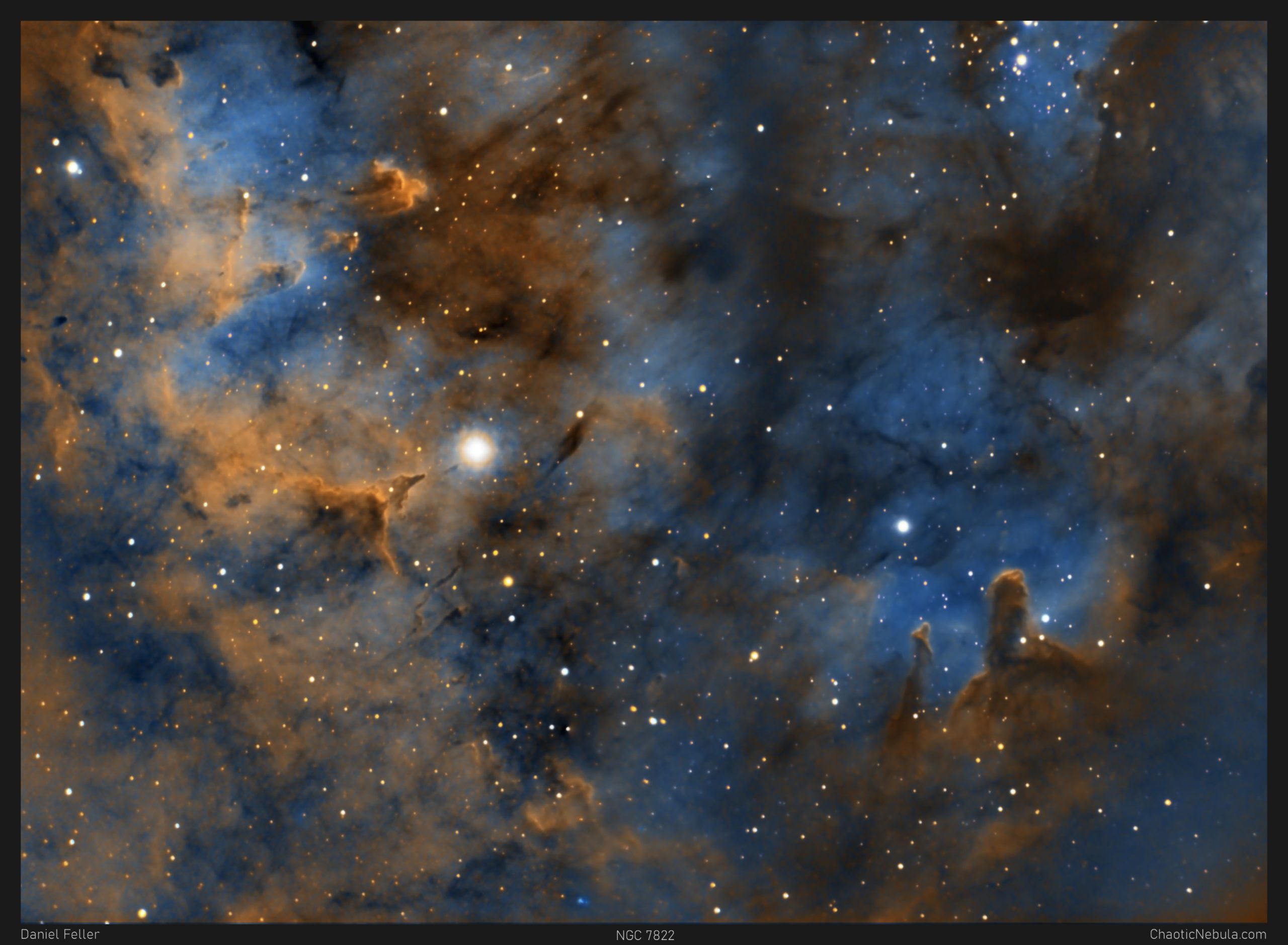Imaging Bode’s Galaxy and the Cigar Galaxy in a Mosaic
Galaxies M81 and M82 stand as celestial neighbors in the Ursa Major constellation, captivating astronomers and stargazers alike with their unique features and cosmic stories.
M81, also known as Bode’s Galaxy, is a grand spiral galaxy, exhibiting well-defined spiral arms and a prominent central bar structure. The outer arms are adorned with regions of star formation and dust lanes. Around 29 million light years away, the bright central region contributes to the galaxy’s overall brightness.
(more…)


